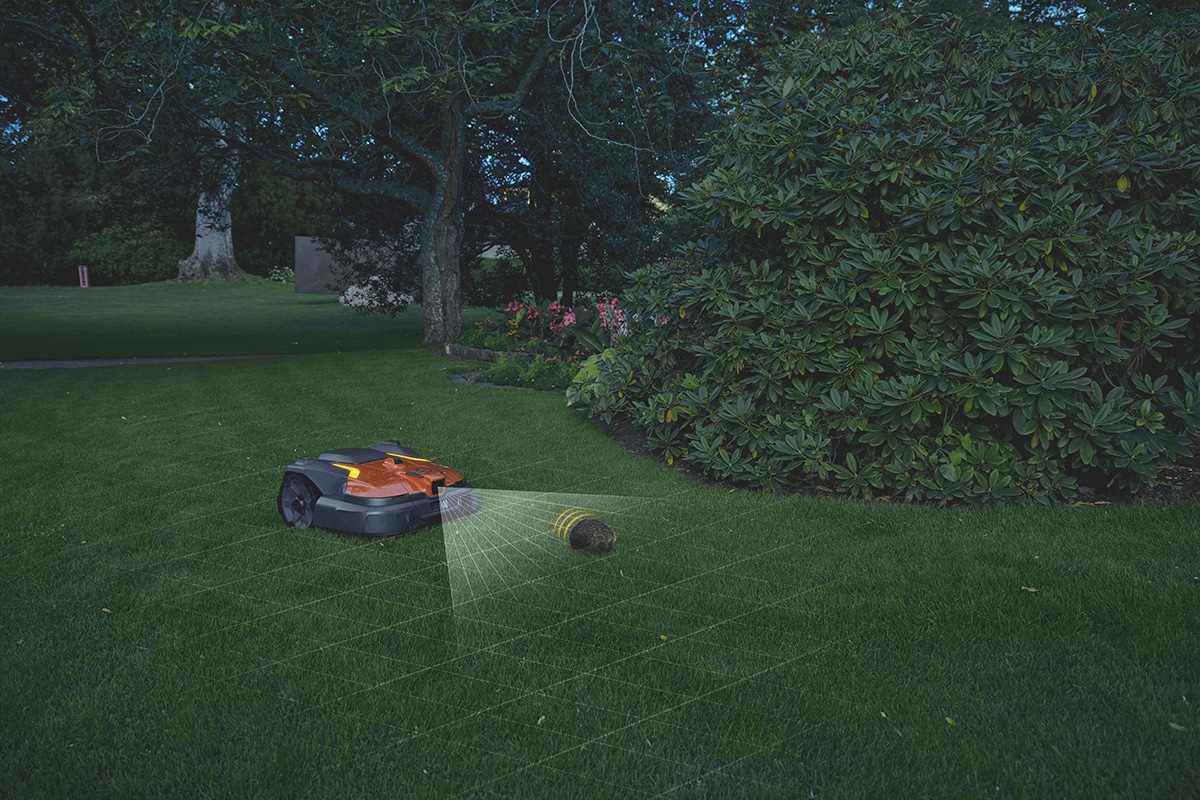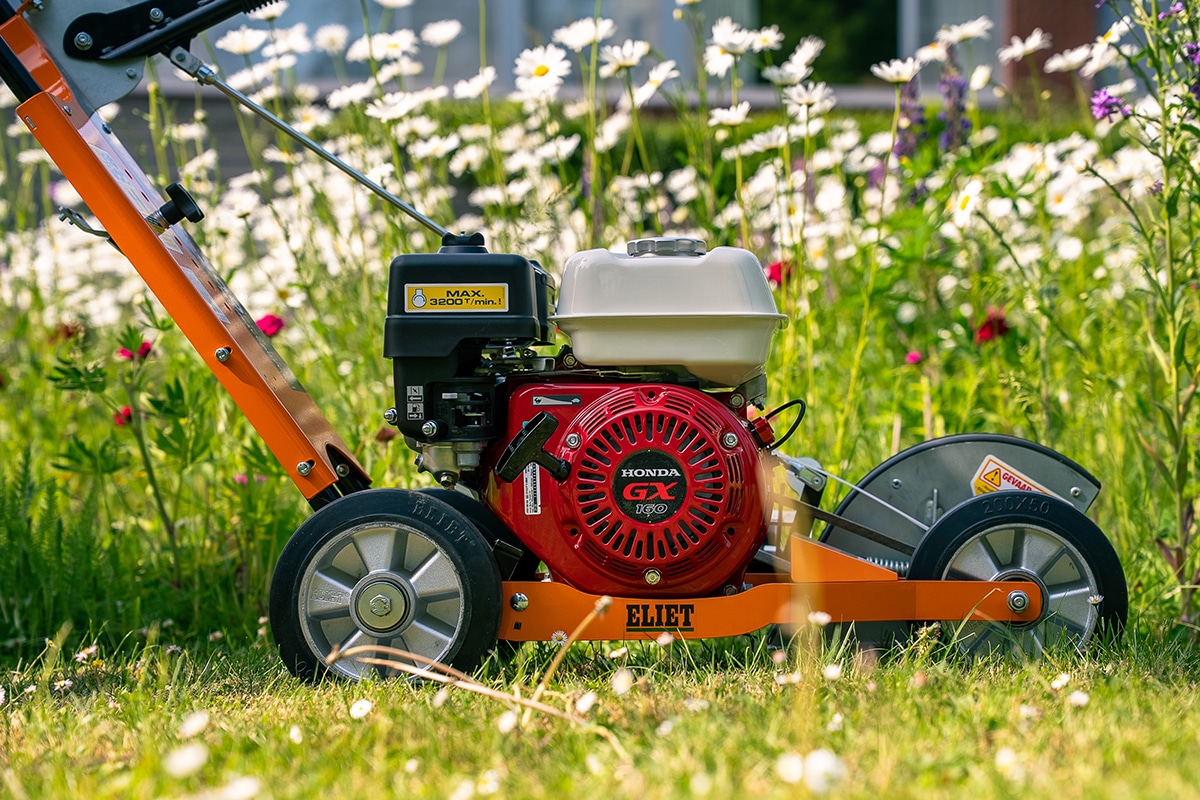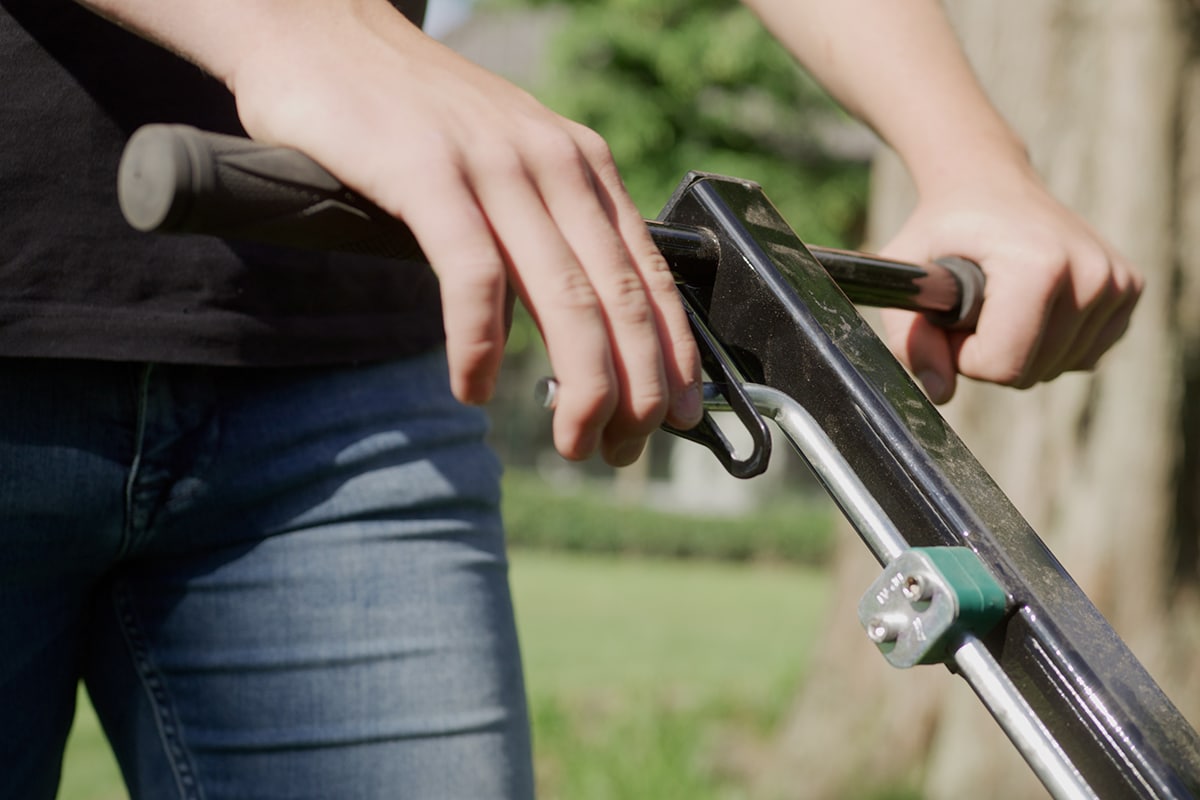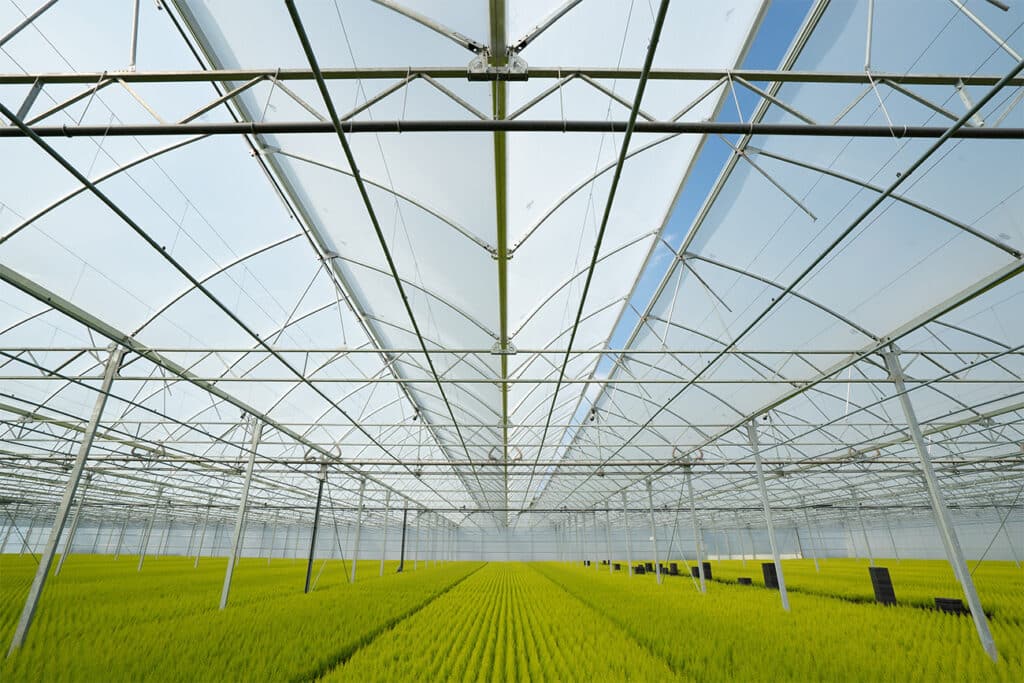
Bring the light deep into the plant
At the West Flanders family business Vermako, the second generation is ready to take off. After a transitional year, Kim, Kevin and Karl Maes will officially take over the torch from father Jacques in 2024. Although, with the launch of a new type of foil greenhouse, they are already cautiously sending out their calling card. "As an alternative to our well-known structure with lattice trusses, we are now also offering a more budget-friendly option with tubular construction," says Kevin Maes.
Under the name Vermako Greenhouses, the Maes family has been specializing in the production, construction and assembly of film greenhouses since 1989. In principle, these are always constructed on the basis of lattice trusses and according to the strictest German and English standards.
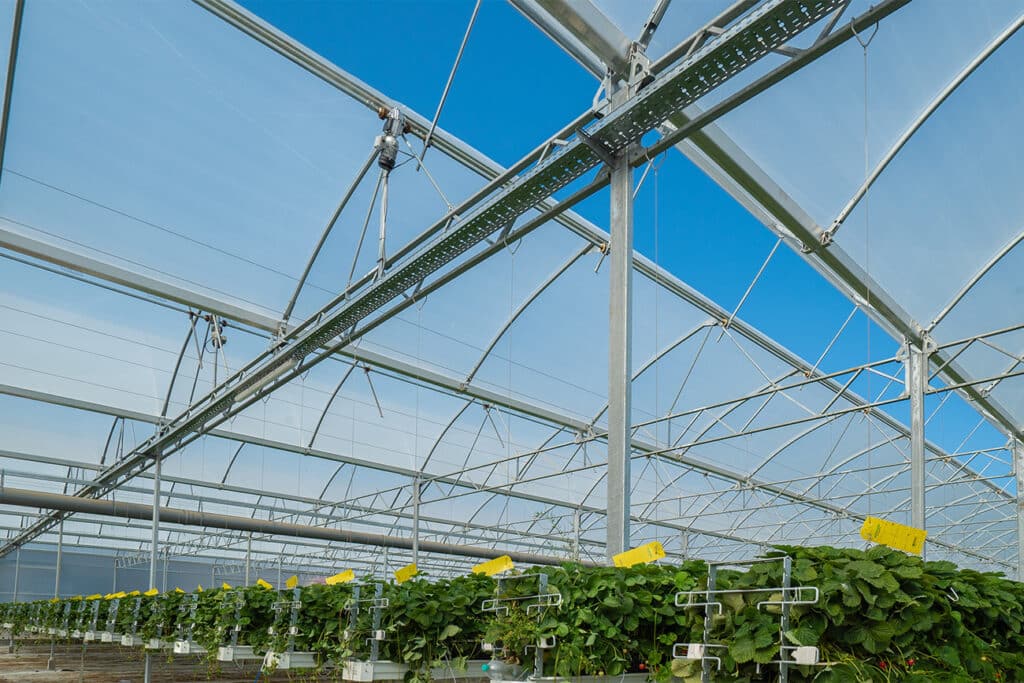
"However, to meet market demand even better, we recently invested in a new building and a 'tube mill' machine for the production of tube profiles," says sales manager Steven Van Hoof. "In our two-hectare workshop, we thus produce everything for both lattice trusses and the tube structures themselves."
Three formats
The new foil conservatories with tubular construction are available in three spans and, like other Vermako conservatories, can be made in the desired length and width.
"For example, the 8 m and 9.60 m span types are very suitable for strawberry cultivation," says Kevin Maes. "The larger 12.80 m span is more likely to be used in other crops. Of course, here too there is always the choice of working with a single or double film, and there are also several options in terms of ventilation concept. In addition to our semi-ventilation principle, we also offer the so-called butterfly ventilation with these greenhouses."
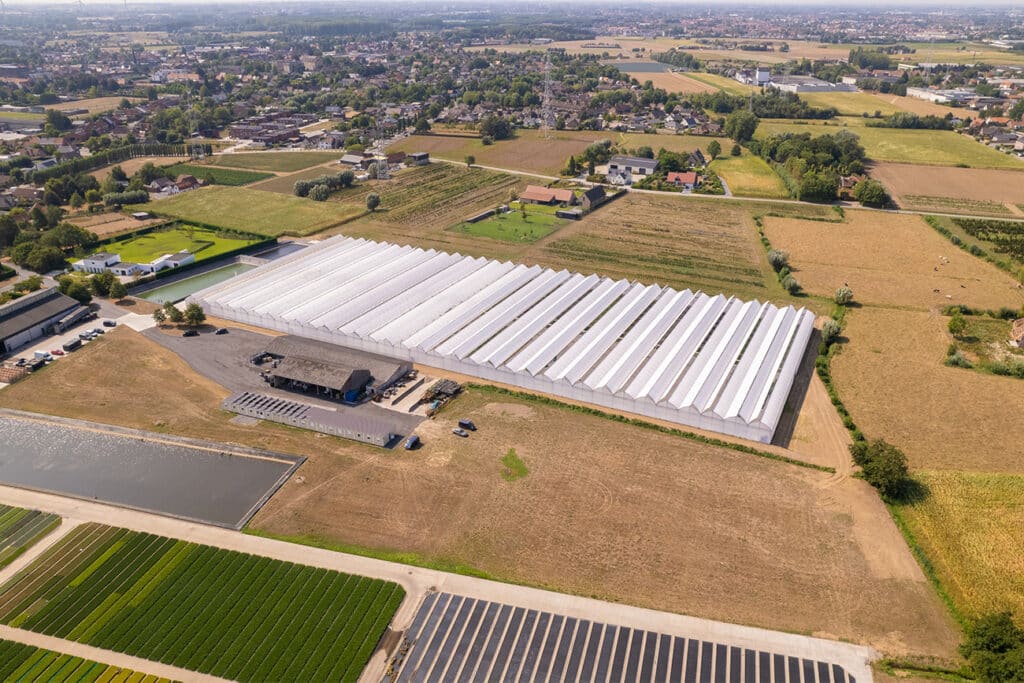
Stronger plants
The new tube construction provides a slightly more economical alternative, but the true power of the foil greenhouse is not touched. Van Hoof: "The foil ensures that light rays are more distributed. This allows them to penetrate not only deeper into the greenhouse, but above all deeper into the plant. That results in more beautiful and sturdier plants."
"Those who opt for a double-walled greenhouse can also count on substantial savings," Maes adds. "By blowing a layer of air of about 10 cm between the two films, the insulation value goes up significantly. Compared to a glass conservatory or a single film, that quickly means 30% gains."
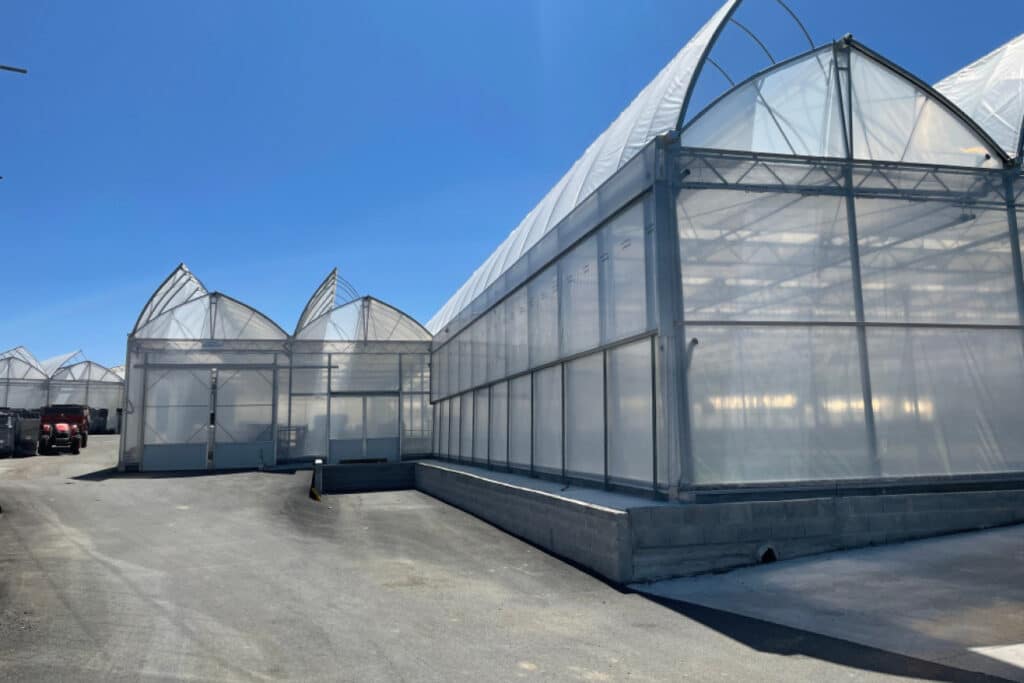
Schouweffect
According to Maes and Van Hoof, the ventilation concept also plays a central role in the success of Vermako greenhouses. Maes: "With the semi-ventilation principle, you can open the ridge over the entire length, which not only gives you more air circulation in the greenhouse and the crop, but also allows you to control the ventilation much better. For example, the plants in the center of the greenhouse get as much fresh air as the plants at the edge. In addition, on greenhouses with lattice trusses, you can still opt for the poly-ventilation principle. Because both parts of the roof ventilation here can move independently of each other, this version allows you to respond even better to wind direction, among other things."
"By the way, with our conservatories you also stay clear of the condensation problem," Van Hoof adds. "On the one hand, this is a result of the thermal and diffuse foil that excludes condensation, but on the other hand, it is reinforced by the chimney effect created with the semi- and poly-ventilation. Especially for botrytic or fungus-sensitive plants, it is very important that wet air is immediately removed in this way."
